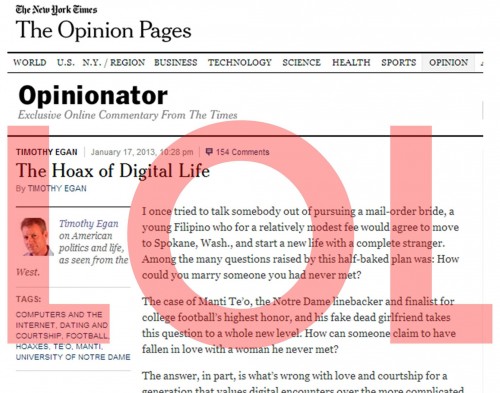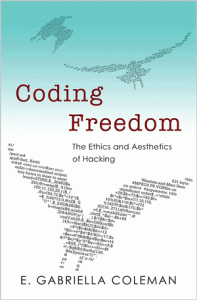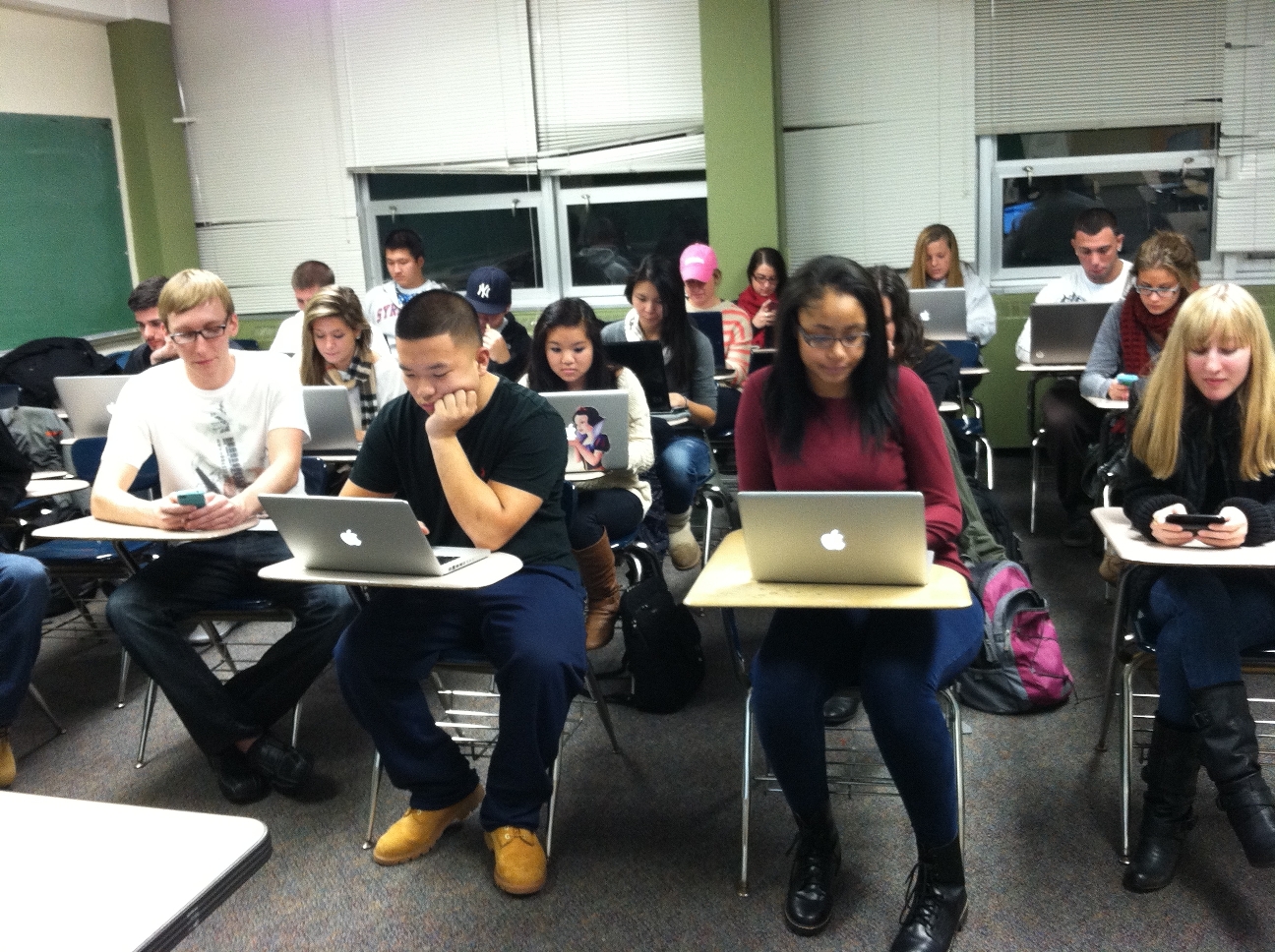“now that we have a simple tool—and grammar—for looping a half second of video”
“The Internet makes this sort of writer-presence easier, more ubiquitous”
“What’s the point of this app? To forge a connection, or to gamify the dating process”
“I’d like to type in “dentists liked by people who don’t like horror movies”””
“The defining feature of a “real” arcade, however, is that there aren’t really any left”
“digital technologies enable abundant production, watering-down the meaning of an object and/or interaction“ more...








